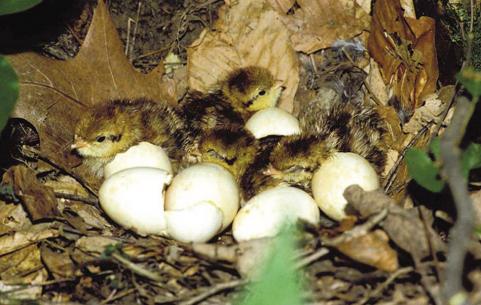Reese Johnson | Originally published in GameKeepers: Farming for Wildlife Magazine. To subscribe, click here.
Finding balance is a key to many aspects of life and that remains just as true when it comes to managing your farm. More forms of wildlife benefit from the work we do as gamekeepers than we could ever imagine. This venture is our passion; the joy we get from seeing a doe and her new-born fawns feeding in our food plots or a flock of mallards with their wings cupped coming into our duck hole is enough for us to justify donating our blood, sweat and tears. While many enjoy the hunt we all know there’s much more to it.
One method to maintaining a wildlife presence on a parcel is to do nothing at all. What I mean is to simply be very aware and strategic in your actions. Very little human activity goes unnoticed in their domain and turning your farm into a “pressure free sanctuary” could very easily offer better hunting and a better experience with nature.
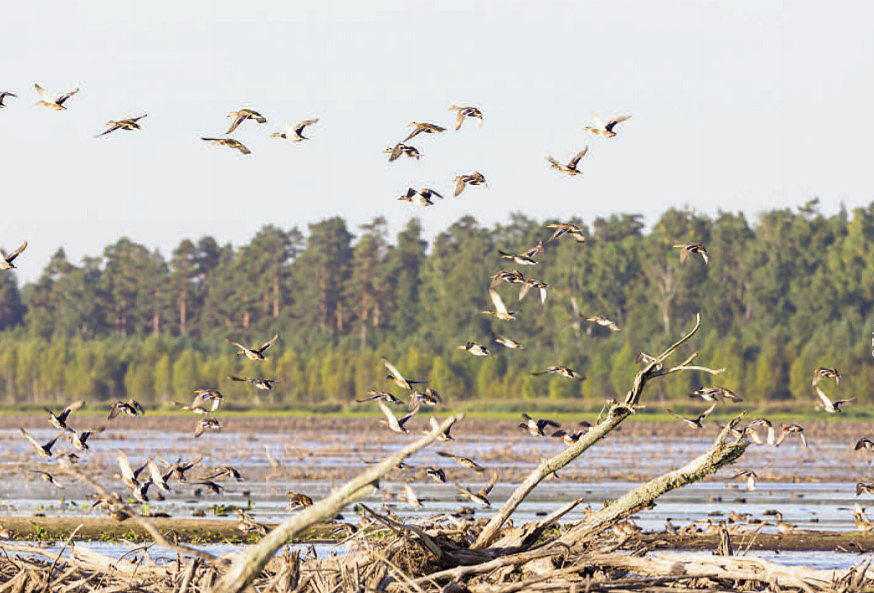
Sanctuaries
Sanctuaries or refuges on properties of any size are extremely important and can often be the centerpiece of a managed property. Varying from the thickest thicket on the property to your most secluded duck impoundment, these areas are essential. This preferred habitat is where your wildlife should be able to feel at ease because you are giving them that luxury – a place where they are left alone. The moment any species begins to feel comfortable with a property is the moment they let their guard down. They spend more time in the area, begin to visit the fringes of that sanctuary and that is where you will have a chance to harvest that mature buck or a limit of ducks while still holding and affecting other wildlife less.
While having sanctuaries that you protect and enter only so often, being able to access the rest of your property without disturbing these areas is a must. Egyptian wheat, evergreens, or other grasses can be planted as screens for access giving you the ability to ease around without disturbing your sanctuary. Really, for the most part, any thick cover is beneficial when it comes to this point. Without planting, it could be as simple as leaving a buffer strip of grass when mowing or raking trails for a quieter walk.
While some say you should never cross the threshold of a sanctuary, there is much to be learned from entering these areas and studying the sign. This is especially true right after the hunting season is finished. While the leaves are off and the wildlife still abundant, it is a great time to study trails, terrain and brainstorm for next season.
If you do plan activity in or near a sanctuary, it needs to be “normal movement.” This means using the same routes, during relatively the same times and in the same vehicle. Whitetails become very at ease with farm vehicles. An ATV, side by side, farm truck or even a tractor is much less intrusive than a person on foot. As long as they experience the same sights, sounds and smells as they’ve faced before, in all likelihood they will respond to an intrusion of this kind as “no big deal.” This fact can be used to your advantage on stand approach and retreat.
Necessity
One issue that can be a personal struggle is “the necessity of your visit.” Each trip applies some amount of pressure, assuming you aren’t around daily. If you’re like me, this can really be an issue when it comes to checking trail cameras. “Pressure” is most of the time, “human activity” of any kind that might affect an animal’s daily behavior. It could also be caused by dogs, wolves, coyotes or other predators, but we are their number one concern.
Trail cameras are one of the greatest innovations in the hunting industry, maybe ever, but many don’t realize their downfall. It’s such a thrill to see what’s going to be on that card, but this is also a form of pressure every time you access the area. While some argue trail cameras give the hunter an unfair advantage, to me it just gives the animal another opportunity to wise up, learn your habits and feel the pressure that might not be there otherwise from those unnecessary trips.
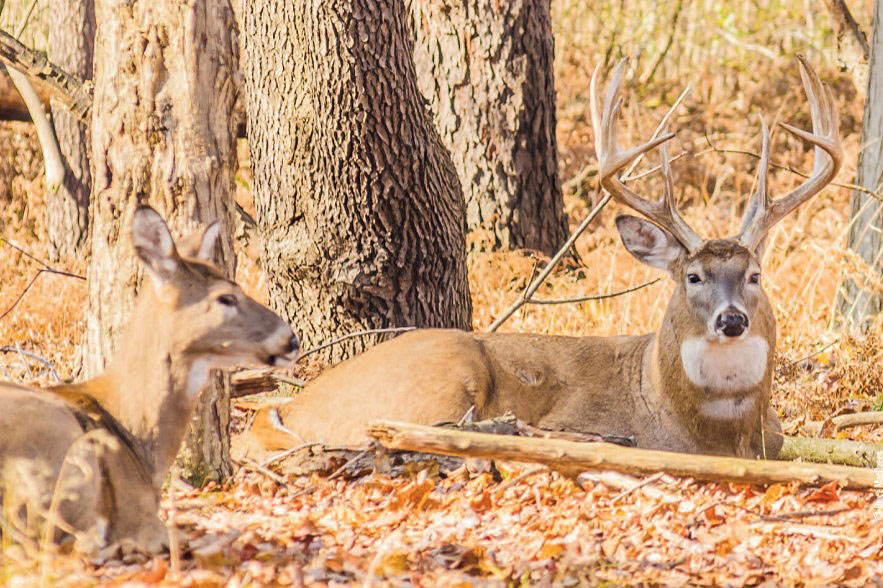
Consistency vs. Surprise
Most game animals and wildlife in general, are possible to pattern, at least for short periods of time. Your own actions can in some way affect at least a part of their day to day routine.
If you visit your property daily, it’s easy to take advantage of your consistency when it comes to hunting. Following your normal routine but then veering off to a stand or a blind can give you the advantage. In the new age of hunting, this is growing to be a great method amongst urban hunters where deer grow accustomed to the presence of cars and humans.
For those who aren’t able to frequent the property often, the unexpected is often your best shot. Either method provides a routine for the wildlife and gives them something to become accustomed to. The pressure is felt most when human interference is random yet often enough to keep weary wildlife using your sanctuaries.
Preferred Habitat
There are a few things that can buy you passes on dealing with pressure; most revolve around “preferred habitat.” For example, flooded corn or rice will continually be used by waterfowl even if you flush them out and will continue to do so until the pressure is too significant to tolerate. Their need to feed and survive is apparently worth the risk.
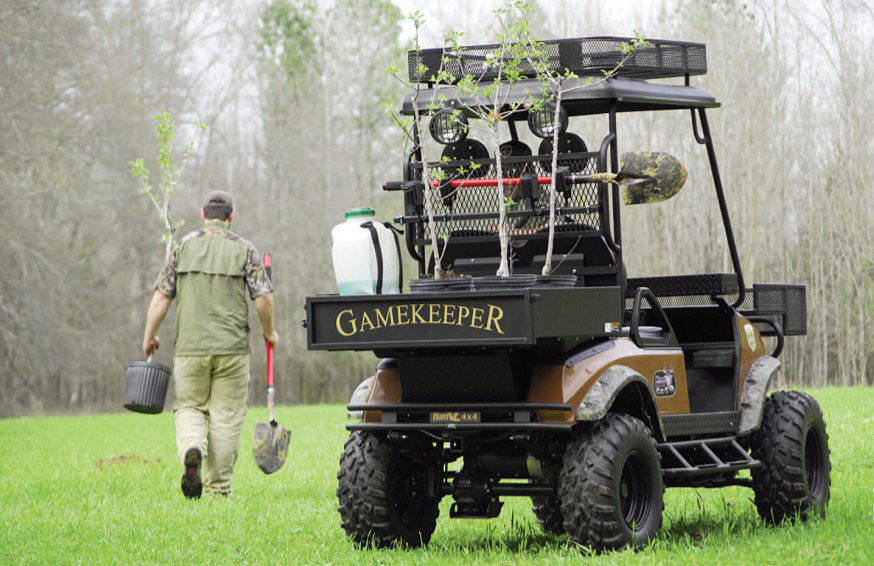
Deer will tolerate more intrusion and pressure wherever their preferred food source is at that time, especially during late season when it’s needed more. Putting in the extra effort to be the farm that has the preferred habitat in the area is difficult and requires being able to support many different types of growth stages. Food and rest areas are the two factors that matter most in any animal’s life. If you can find a way to provide the best conditions possible, your place will be favored.
Off-Season vs. Hunting Season
When hunting waterfowl, turkey, deer, dove or any game species it involves some form of preparation. While many might think the majority of time put in would be actually hunting, there’s no logic for that to be the case – I suppose it might be for some weekend-warriors, but not a gamekeeper. Preparation in the form of planting, scouting, hanging stands and building blinds should be where a significantly higher amount of time is spent. This means you’re pressuring the wildlife when there’s less of a chance for you to pressure them and bump them off the property when it matters.
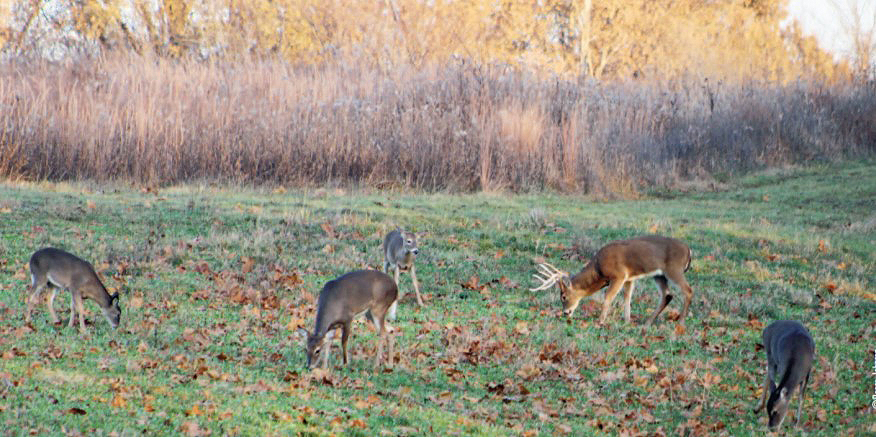
Whitetail gun season, turkey opener or the first week of duck season will change patterns and behaviors significantly. During this time, when hunters are most numerous, it is often suggested to hunt the least or only on the very fringes of your property. During this time some use their entire farm as a sanctuary. This type of strategy will make your hunts better once the pressure has eased. Whitetails learn about new areas where they remain safe, waterfowl imprint on the spot and turkeys…well turkeys are just turkeys, but they Game animals become familiarized with farm vehicles working a property and after time pay them little attention. When hunting, it’s often best to use the same vehicle to make your approach and retreat. definitely favor the spots with the least pressure.

the boundaries. We need to take measures to make sure others
also respect those borders.
Aggressive moves into core areas where the obvious risk of pressuring your quarry is higher should be done only when the conditions are in your favor. Getting “danger close” is something that should only be done when you have a very high chance for success. Sometimes early or late in the season makes for the best time to get close. While others would argue that the confusion during the peak allows you get away with more. Regardless, applying the least amount of pressure anytime will make your hunting better overall.
Communication
Gamekeepers often like to share the fruits of their labor and invite others to hunt with them. If they are going to be included in the hunt, they should also be involved in getting their hands dirty. If you’re like me, there may be several folks involved and determining a plan of action within this group may be the most important action of all when it comes to pressuring wildlife. The least amount of pressure is always optimal, regardless of the activity or however many are involved.
Accomplishing as many tasks/projects possible per visit is certainly paramount if one wishes to maintain wildlife presence. When working the property, making a day of it to accomplish stand work, checking trail cameras, or any other action together is the best route. Staying together rather than three or four people all having free reign across a property all doing their own thing at different times reduces the chance for pressuring your wildlife, let alone bumping deer/turkeys completely off of the property. It’s the unorganized, large hunt clubs who always seem to have some of the worst stories and biggest struggles.
Just like anything else, every farm has its strengths and weaknesses. Finding the right ways to access your property, creating and honoring sanctuaries and thinking through your actions are key parts to holding and hunting any species on your property. Year in and year out, once you find what works for you, stick with it. Growing as a gamekeeper is what we all strive to do as we learn and adapt to the new and ever changing conditions Mother Nature throws at us every year.

















